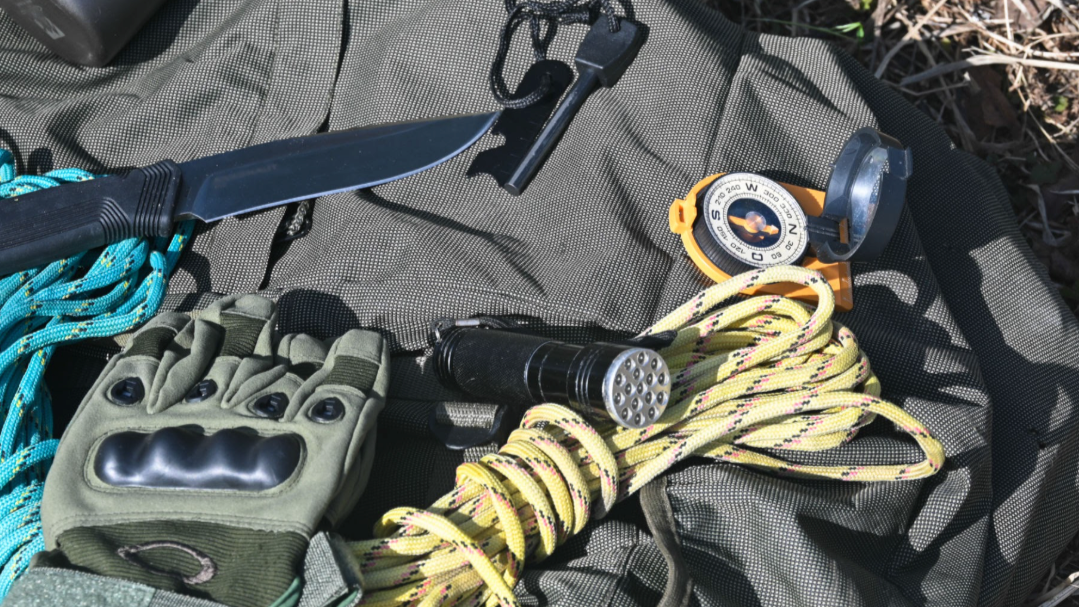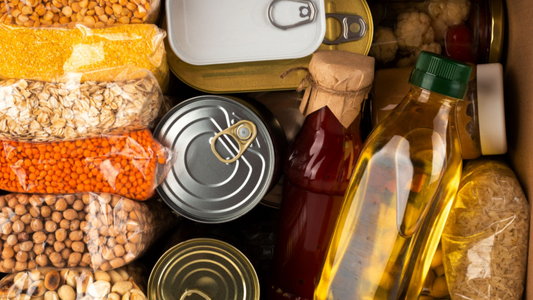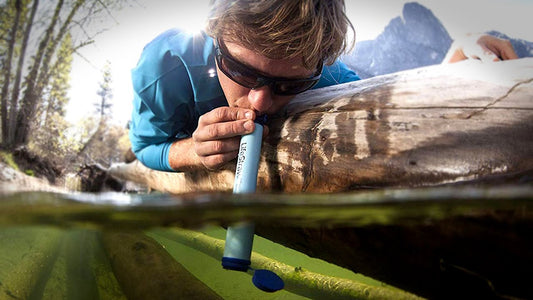
How to Build a Bug Out Bag: Your 2025 Survival Guide
Introduction
A bug-out bag is your lifeline for surviving 72 hours during a crisis, and knowing how to build a bug out bag is a must for 2025 preppers. With natural disasters up 20% in recent years and urban risks like blackouts on the rise, a well-packed bag ensures you’re ready to evacuate or shelter in place. This guide walks you through how to build a bug out bag for 2025, from choosing the right backpack to packing essentials, all on a budget.
Checkout out “Bug-Out Checklist” or enter in your email address to receive it for FREE Sign up here.
Why Build a Bug Out Bag in 2025?
A bug-out bag prepares you for emergencies like hurricanes, floods, or power outages. FEMA recommends 72 hours of supplies, as help may take days to arrive. Knowing how to build a bug out bag for 2025 means tailoring it to your needs—urban or rural, solo or family. A good bag costs £50–£150 and weighs 10–15 kg, balancing portability and preparedness.
Step 1: Choose the Right Backpack
The foundation of how to build a bug out bag is the backpack. Aim for 30–50L capacity, durable materials (e.g., 1000D nylon), and M-Tac webbing for customisation and a budget-friendly pick with adjustable straps and 36L capacity, ideal for most preppers. For premium options, try the EVERLIT 72-Hour Bag (£325,), pre-packed with gear. Ensure the bag fits comfortably—test it with 20 lbs.
See our “Best Bug Out Bag” post to learn more.
Step 2: Pack Essential Gear
Your bug-out bag needs these essentials for 72 hours:
Water : One gallon per person per day. Use a LifeStraw Mission (£19.99 affiliate) for purification. Read more on the importance of water during a disaster - "Water Purifier for Survival"
Food (3 days): ReadyWise Emergency Meals (£126) offer long-shelf-life meals. Add energy bars for quick calories.
Shelter: A SOL Emergency Bivvy (£26.99) provides lightweight warmth and rain protection.
Tools: Morakniv Companion Knife (£72.55) for cutting, UCO Stormproof Matches (~£8, affiliate) for fire.
First Aid: Swiss Safe Emergency blanket (£26) for emergency.
Light/Power: FosPower Emergency Radio (£34.99) for charging & radio.
Keep costs under £150 by prioritising multi-use items. See our “Cheap Survival Gear” post for budget tips.
Step 3: Organise for Quick Access
When learning how to build a bug out bag, organisation is key. Place high-priority items (flashlight, first aid, water filter) in outer pockets for quick access. Pack heavier items (water, food) near your back to balance weight. Use waterproof bags for electronics. Label compartments to stay efficient during stress. Practice unpacking/repacking to familiarise yourself with your setup.
Step 4: Test and Maintain Your Bag
Test your bag by carrying it for 30 minutes—aim for 20–30 lbs total. Check gear functionality: Does your flashlight work? Can you set up your bivvy? Refresh food and water every 6–12 months to avoid spoilage. Try our “72-Hour Survival Challenge” to simulate a crisis and identify gaps. Store your bag in an accessible spot, like a closet near the exit.
Common Mistakes to Avoid
Overpacking: A 25kg bag slows you down. Stick to essentials.
Untested Gear: Practice with your filter or knife to avoid surprises.
Poor Storage: Keep your bag accessible, not buried in a garage.
Conclusion
Knowing how to build a bug out bag for 2025 is a game-changer for any prepper. With a £50–150 budget and the right gear, you’re ready for most emergencies. Start with a T-Mac Bag and essentials like LifeStraw and ReadyWise meals.
➡️ Download our free “Budget Survival Checklist” PDF when you join our email list.
🧠 Bonus: Share your best budget find on X with #BugOutBlueprint and inspire others to prep smart in 2025.



